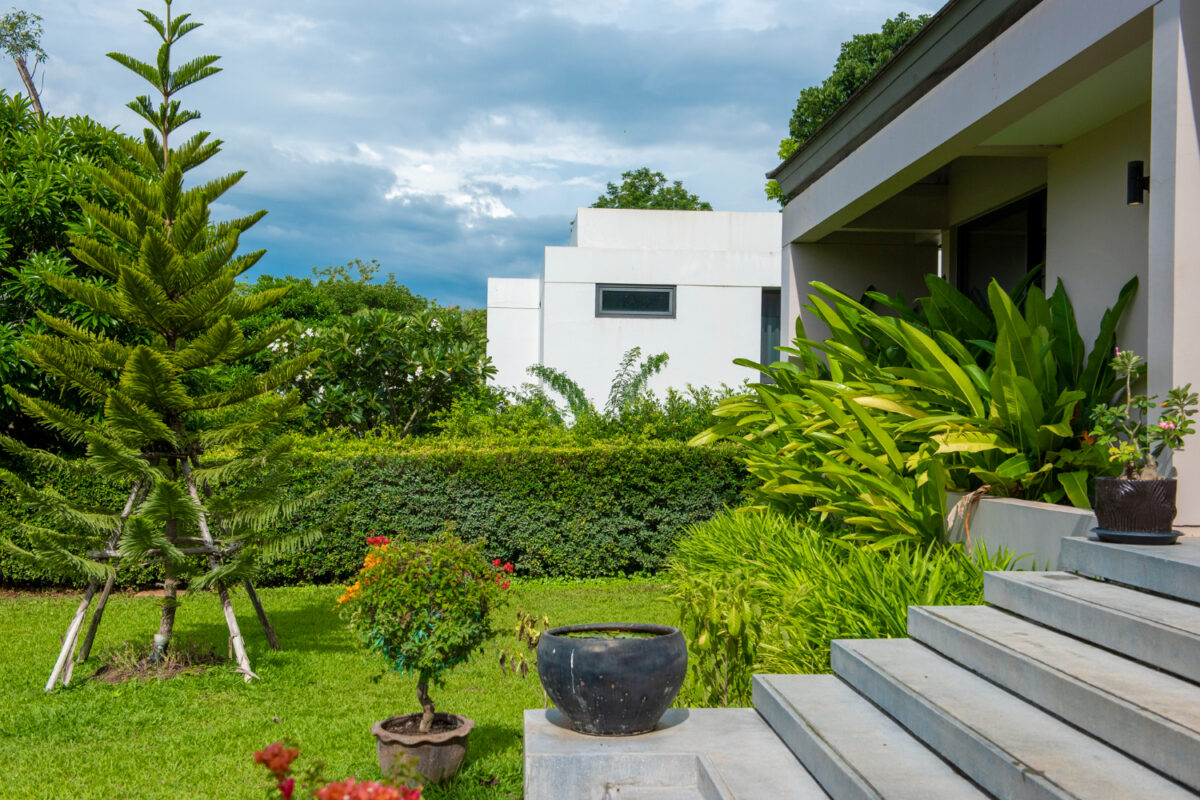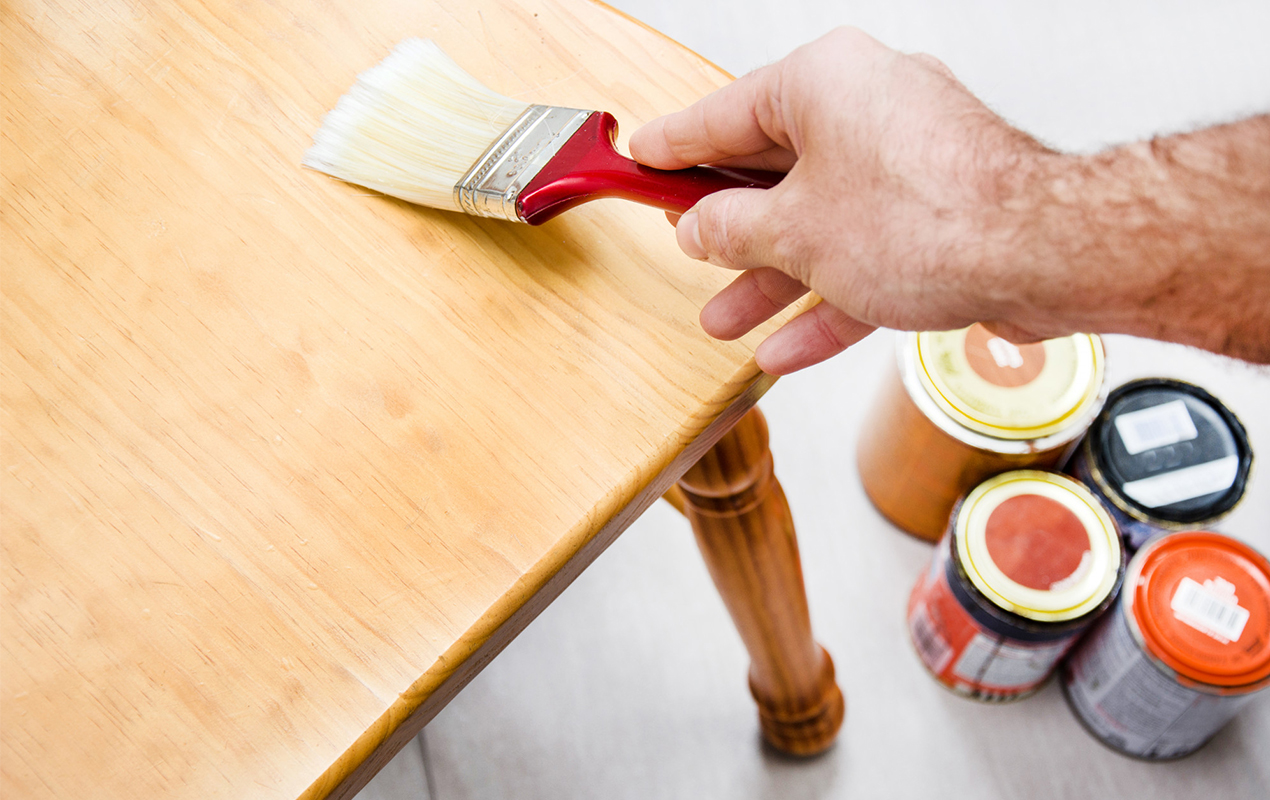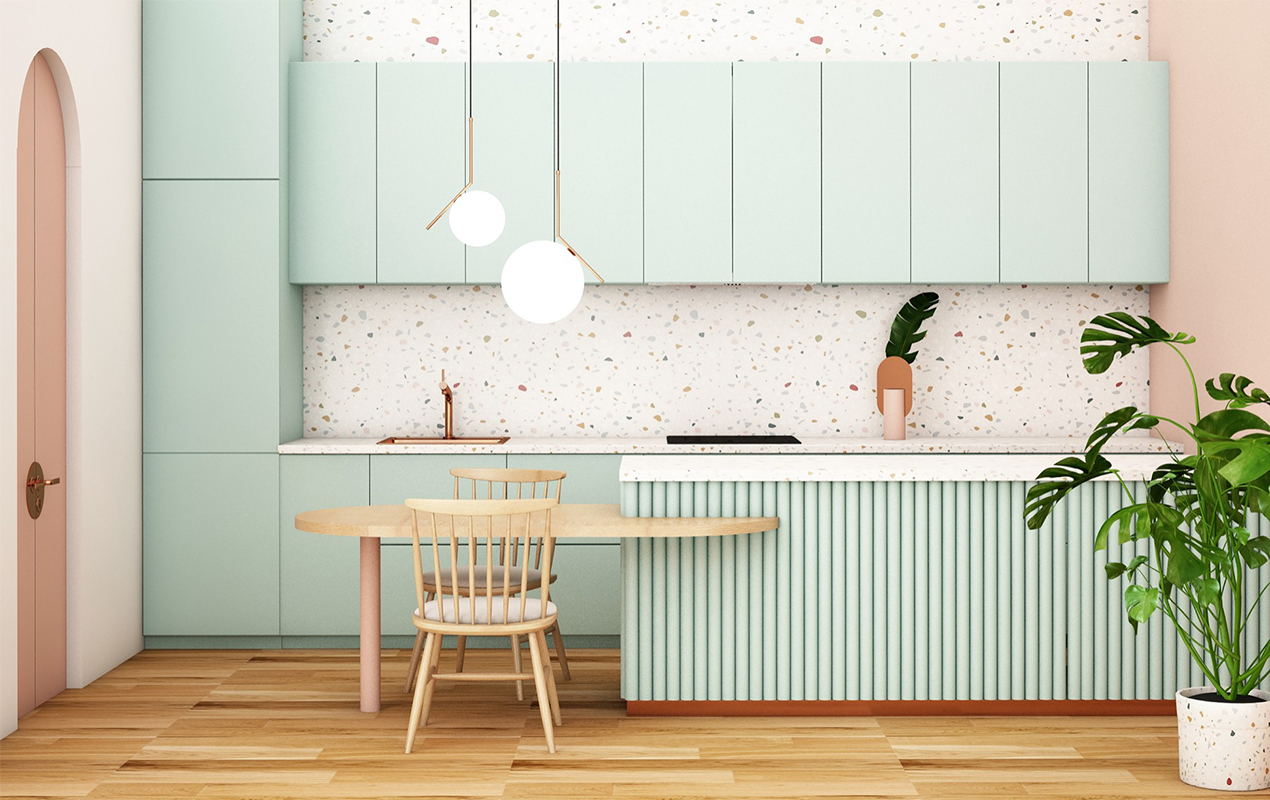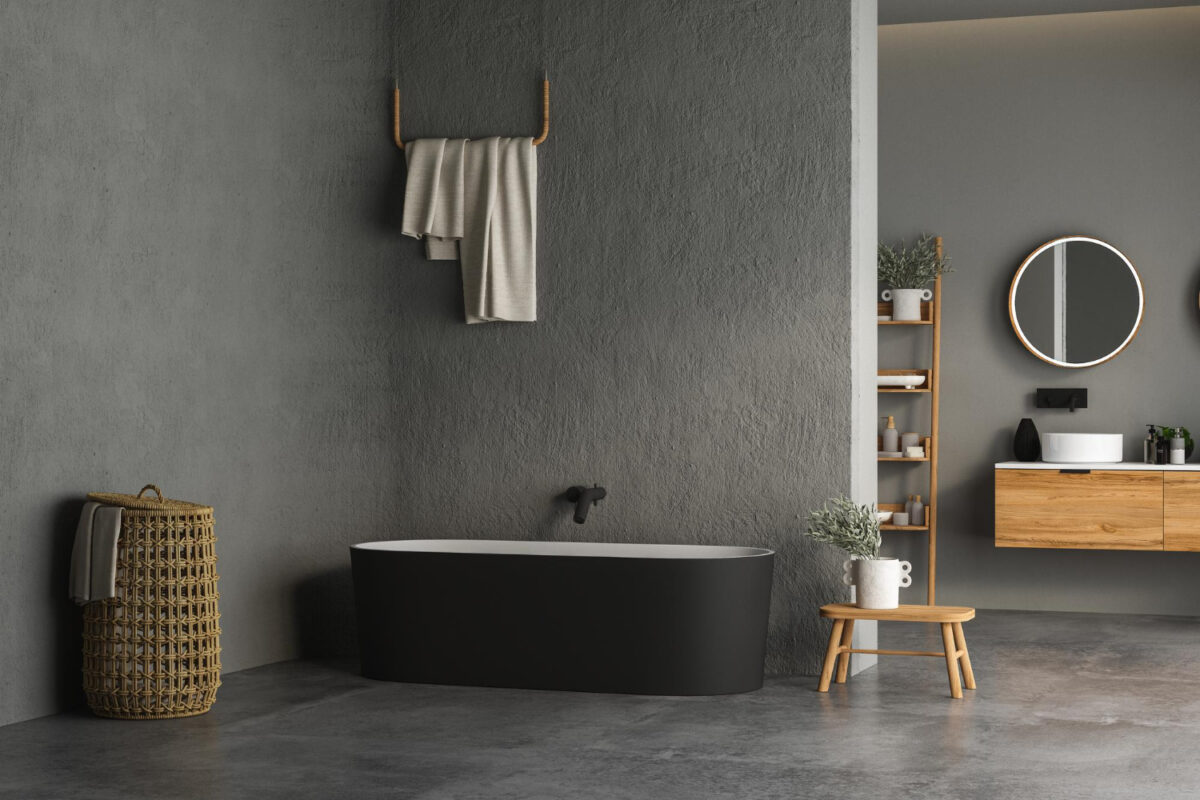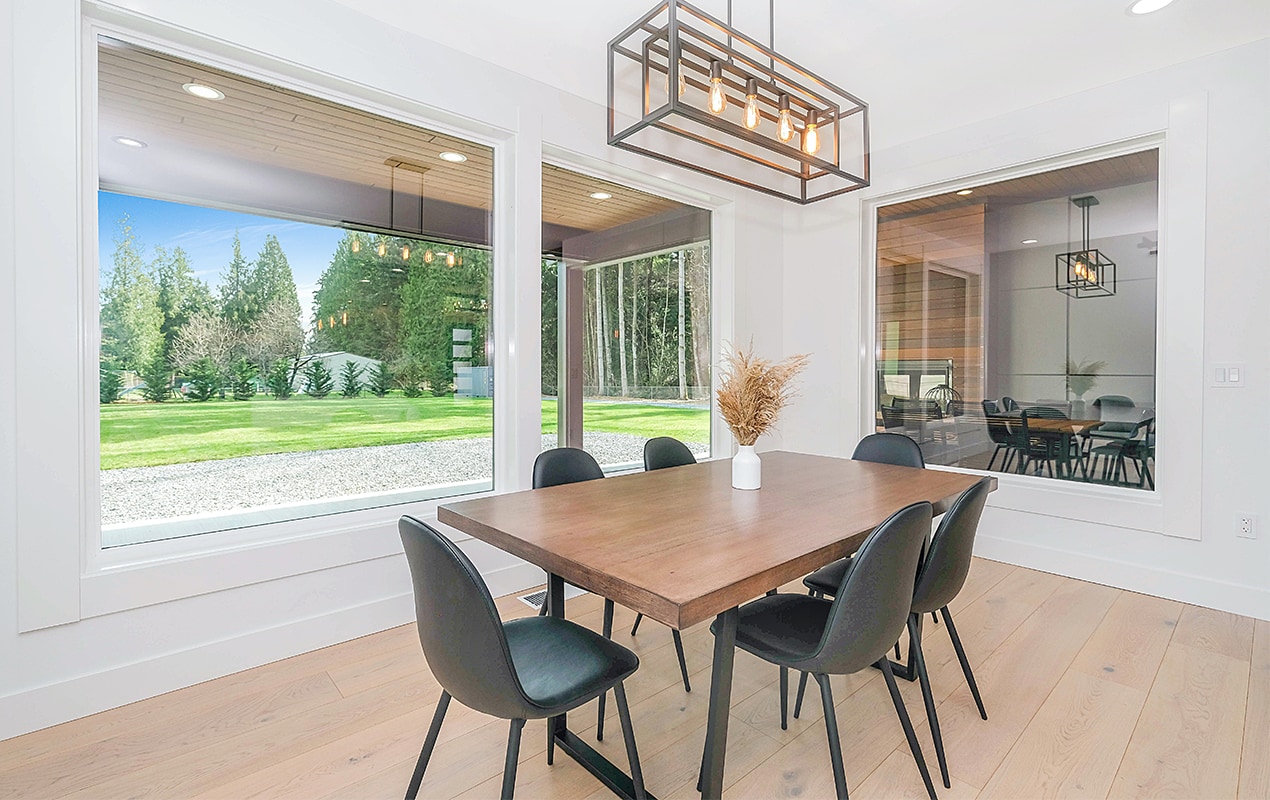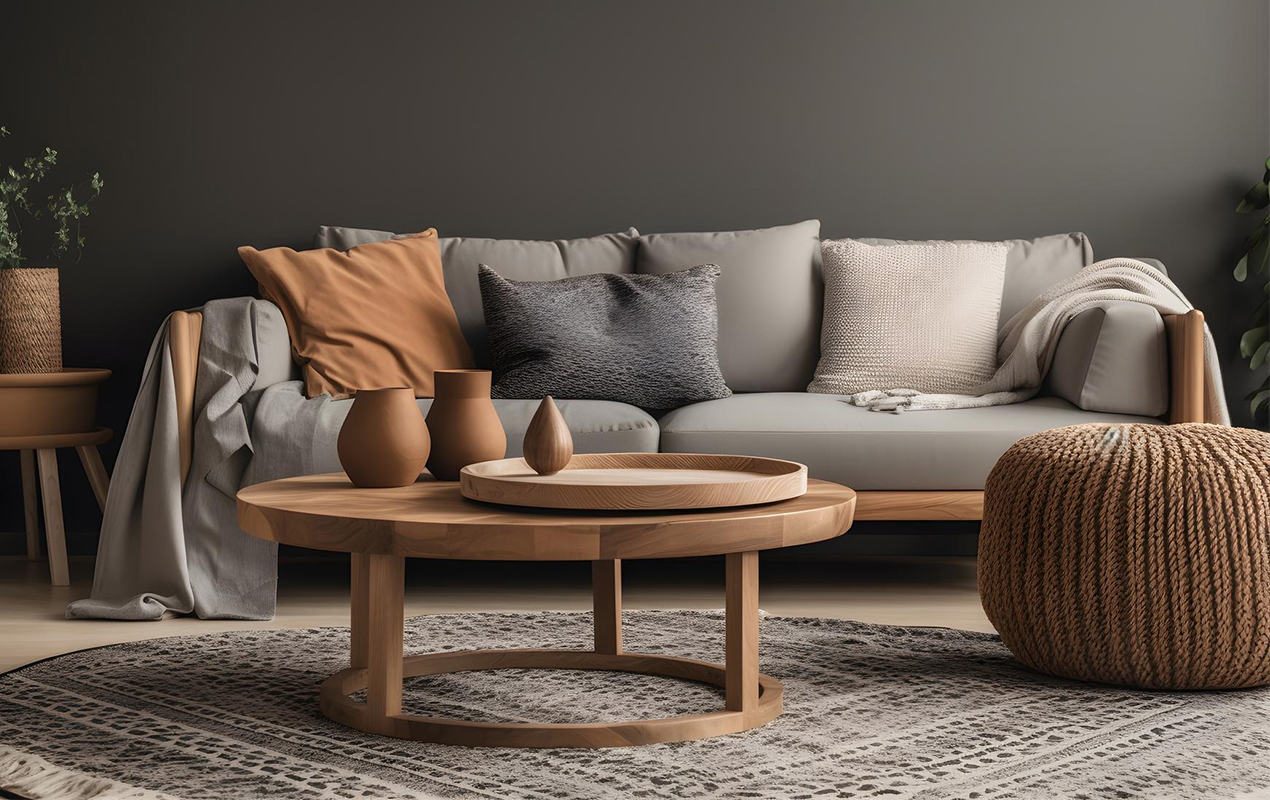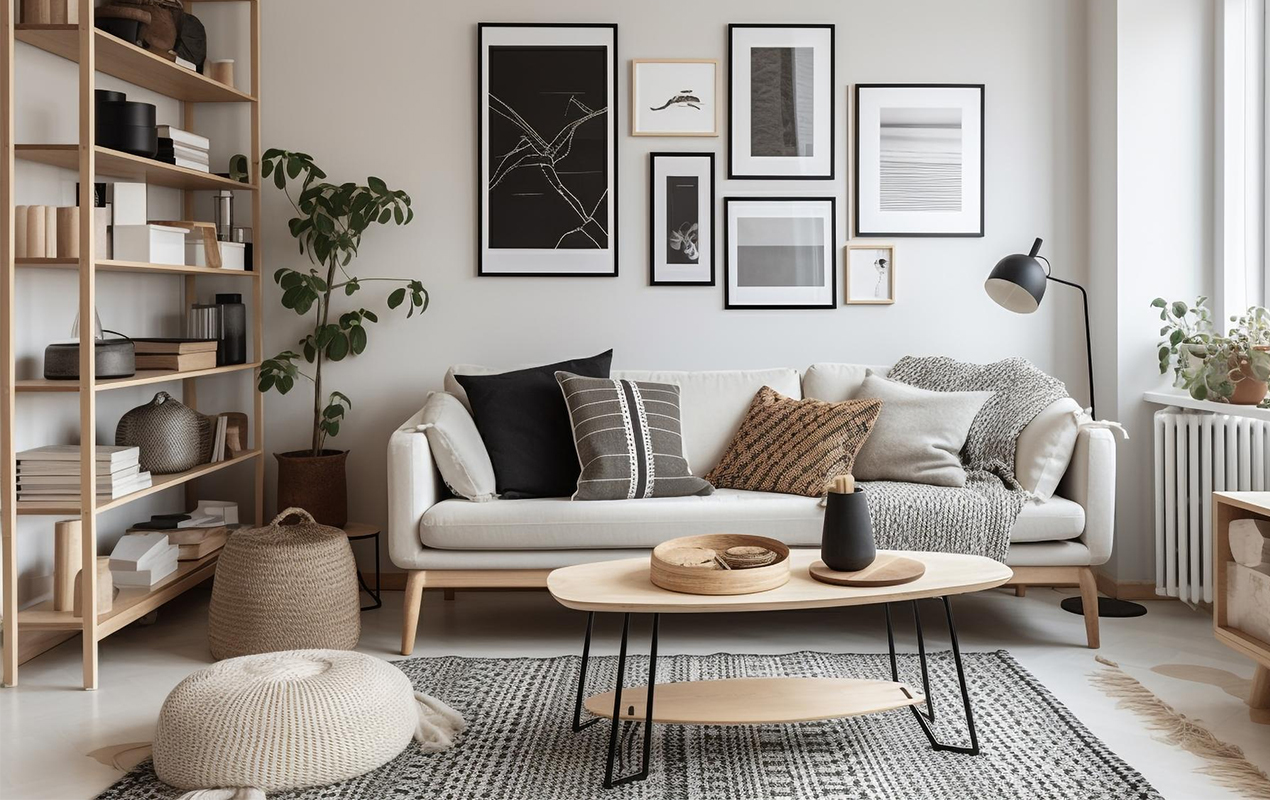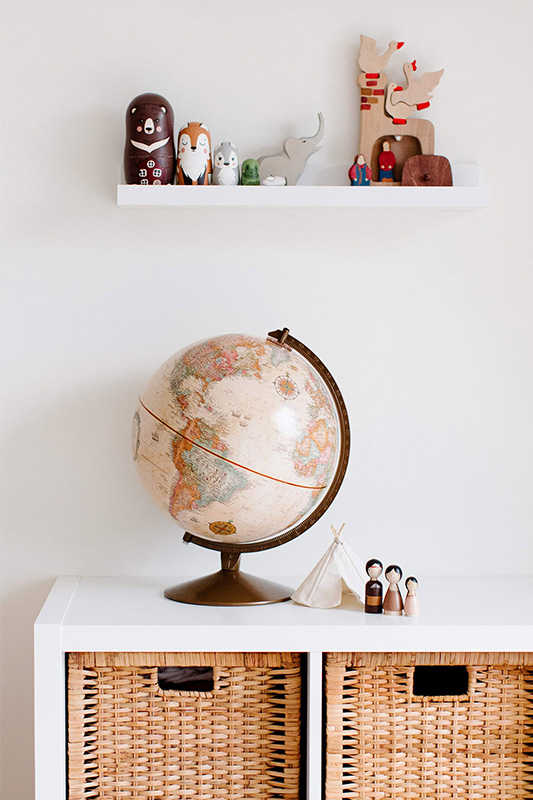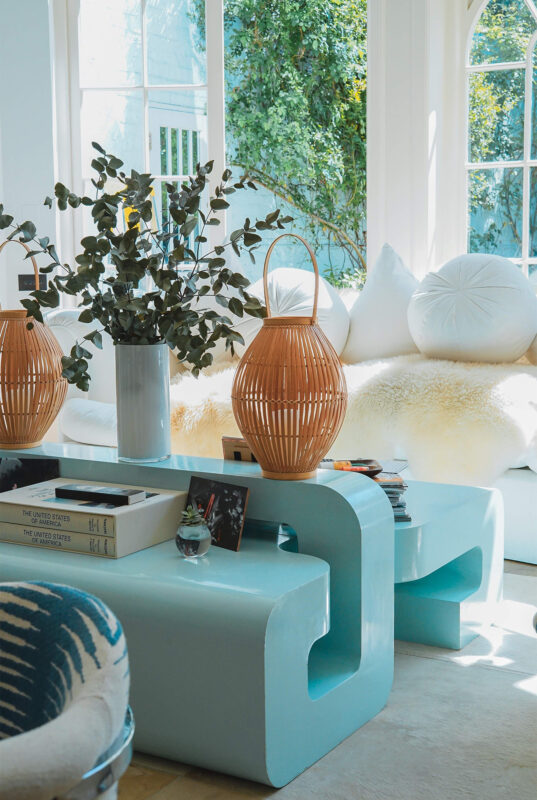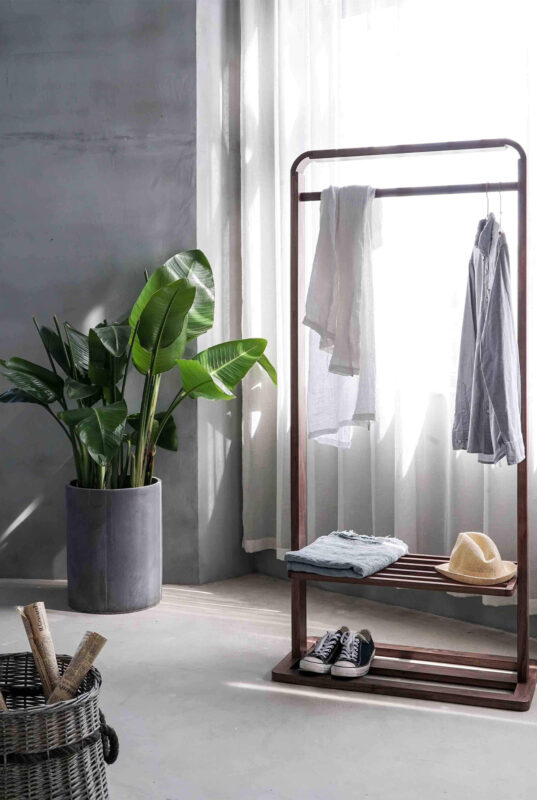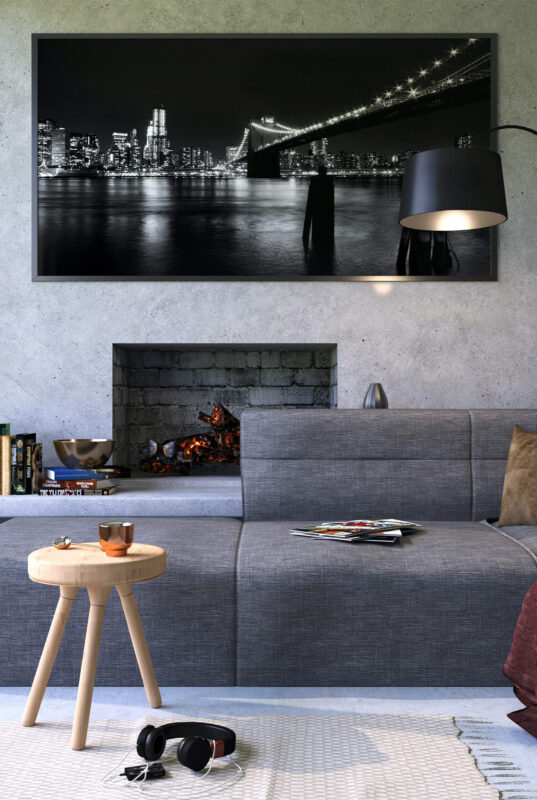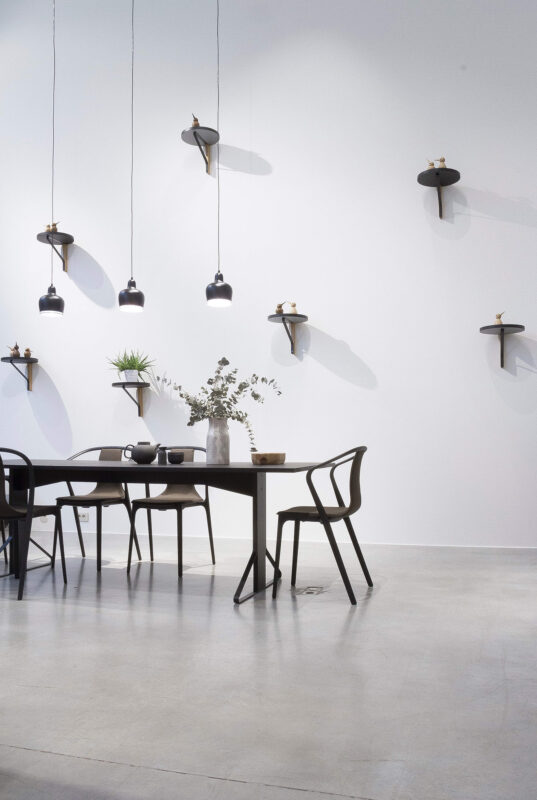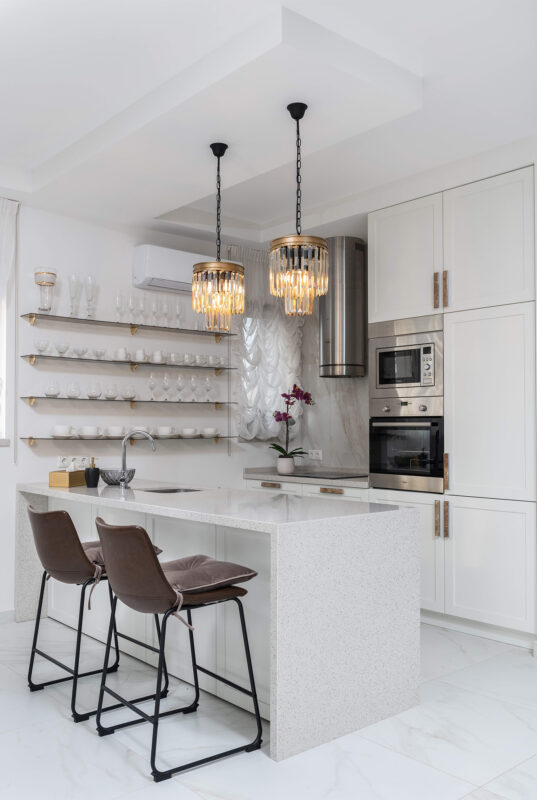Blog
From Grass to Greenery: A Guide to Landscaping Your Lawn
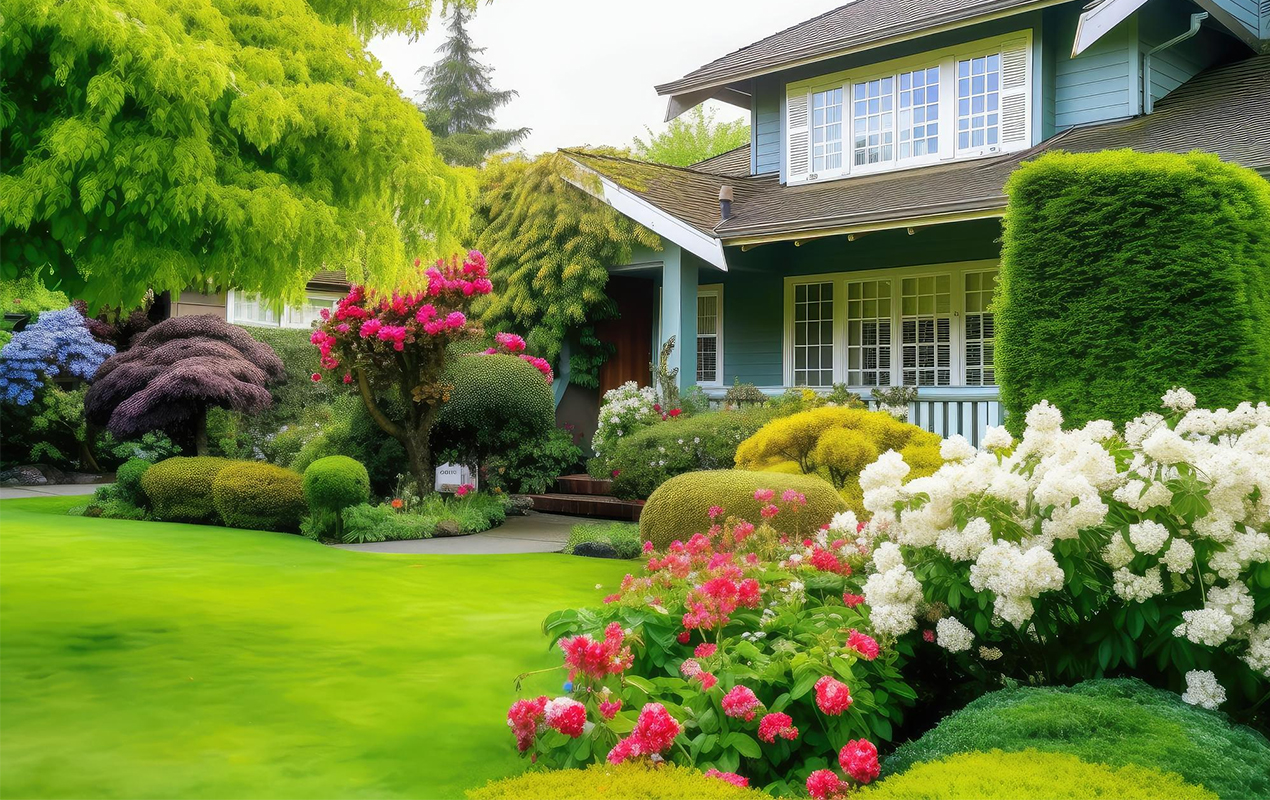
“Flowers are restful to look at. They have neither emotions nor conflicts– Sigmund Freud.” Starting a landscaping project is more than changing the look of your yard. It’s about getting creative, mixing your style with nature and design rules to build an outdoor space that suits you. Your first move? Figuring out what you want from this space and picking a style that tickles your fancy. As you start this journey, think about the shape and size of your yard, any structures already there, and how mother nature can help create an attention-grabbing scene.
Purposeful Landscaping: Unveiling Style in Your Outdoor Oasis
Landscaping your yard is an enjoyable venture. The first step involves understanding your space’s primary and secondary usage. You could make it a playground for kids, a zone to unwind, or even convert it into a vegetable garden. It’s essential to settle on a style that resonates with you. Account for your yard’s layout and terrain as they influence what can be done. Existing structures like slopes and walls will shape and limit your options, so embrace them when creating unique designs.
Planting plays a crucial element in achieving optimal use and aesthetic appeal. A trick many use is filling their garden with varying shapes, sizes, and colors, giving the illusion of a bigger space. Raised beds are also pretty popular for adding distinct layers to the landscape. Identify areas where people would love chilling out – comfortable spots for intimate gatherings where guests can bask under open skies while sipping cool drinks. Sustainable alternatives like trees placed strategically around homes help create cooling shade, reducing reliance on conditioning systems, thus lowering carbon footprints significantly.
Integrating bee-friendly plants is another smart landscaping choice. Opt for varieties that attract bees like Russian honey bees, enriching your garden’s ecosystem. This not only supports vital pollinators but also enhances the natural vibrancy and sustainability of your outdoor oasis.
Harmony in Nature: Unveiling Design Principles and the Lay of the Land
Designing an appealing yard follows rules like symmetry, balance, unity and focal points. Each plays a unique role in creating functional outdoor spaces. Unity brings every part of the yard together under one cohesive theme or style. Everything is tied together harmoniously, from colors to textures. Balance in your landscape design means distributing elements evenly or unevenly for visual equilibrium.
You can go for symmetrical balance with everything mirrored on both sides of the yard. Or asymmetrical with an uneven distribution that still maintains harmony. Focal points are essential, too, as they attract attention instantly, whether it’s a tree, water feature, or even a sculpture. They help guide viewers’ eyes around the yard and create a hierarchy within the landscape setting. Symmetry gives you harmony by arranging things neatly using plantings, pathways, or other features. For instance, incorporating a central fountain from a reputable source, as from Pond Haven, flanked by evenly spaced flower beds on either side, utilizes symmetry to ensure that both sides of the yard mirror each other.
Beyond Borders: Themes in Your Transformed Landscape
Let’s reimagine your yard with style. Color and structure matter in a landscaping project. Finding the right colors brightens things up, while good structures support plants. You must think beyond summer beauty too. What will your garden look like when snow falls? Some plans need yearly trims to stay lovely, don’t forget them. Visually pleasing yards aren’t just about plants, though; they’re about themes and styles that match you and your home.
Before choosing a theme, know what works in your yard: sunlight spots, shade areas, grass condition, plus house location. Styles should mirror the design of your home because it’s part of it too. Aim to get landscape elements that resonate well with both outdoor and indoor features. Thinking of a garden relaxing spot or Asian-themed space? Themes can help choose plants and materials needed – so give it some thought. Last but not least, be bold; make choices grounded on personal preferences, such as favoring clear-cut geometric designs against more natural curves or specific color tones.
Tranquil Havens: Landscaping Strategies for Mental Well-being
Landscaping isn’t just for the eyes. It helps the mind, too. The colors we choose matter in our yards. Soft greens, blues, and purples bring peace to your mind. These colors can be brought by plants, outside furniture, or even by painting our house walls. Have you ever felt calmer when you’re around nature? Actual research by the Mental Health Foundation shows that nature keeps us emotionally, psychologically, and physically healthy. To feel this comfort at home, place trees, shrubs, or water bodies in your yard.
Now think of smells that relax a person – lavender perhaps or rosemary. You might remember Jasmine from somewhere peaceful, too. They create a good vibe and relax your mind while reminding you of good times. But what would all these achieve if we don’t have comfortable spaces to sit back and take them all in? So have some cozy chairs arranged under your favorite tree with some books stacked on a side table if reading is what makes you happy. Lastly, always remember that balance is key as per the Feng Shui discipline, an art where arrangements are made to create harmony with the universe, thus helping make life happier.
Green Dreams on a Budget: Practical Tips for a Landscaping Project
Landscaping on a budget doesn’t have to be hard. It just needs creative thinking and proper planning. Low-maintenance plants stand as one of the most cost-effective choices for this task. These plants grow naturally in your area and require less water and care. Perennials, returning every year, or groundcovers filling large spaces fast can be ideal picks. Expert eyes see things differently, though. They would also find beauty in old materials like pallets, bricks, or stones.
Taking tree removal costs into consideration is another aspect of landscaping budget planning. With them, you could craft garden beds, borders, or pathways uniquely yours. Recycled materials lend their charm next: leaves shredded finely, pea gravel just rounded enough, barks rough yet fascinating, rocks sturdy and steadfast, all these could give shape to your garden hardscape without draining anyone’s pocket. Improving key areas conveys thoughtfulness while dressing up your yard space at the same time.
A beautiful walkway, maybe? Or flowers gracing your mailbox, perhaps? How about taking it up a notch with an inviting seating corner? Your DIY project may unearth skills previously undiscovered, such as making raised garden beds, for instance, dry creek beds from river rocks even more so, lights illuminating strategic spots – price-friendly accomplishments. Lastly, consider compost over commercial fertilizers when nourishing your green assets comes into play- completely doable from home scraps of food along with leaves raked off lawns.
Landscaping Project: Final Thoughts
The beauty here lies not just in making your yard pretty but also in making it a place where memories are made – be it through relaxing or playing around. Carefully chosen styles and tried-and-tested designs will morph an ordinary space into something spectacular. Your chosen theme should blend seamlessly from home to garden, creating a vibrant connection between indoor and outdoor spaces. Remember: focusing on look alone won’t do – make sure your landscaping project feeds into mental well-being too; warm colors and soothing smells can transport anyone to their personal paradise right at home.

